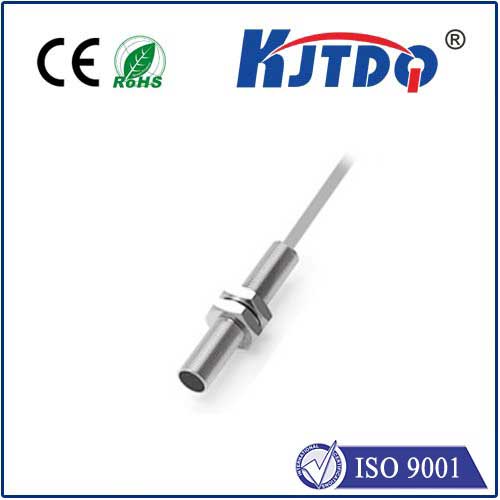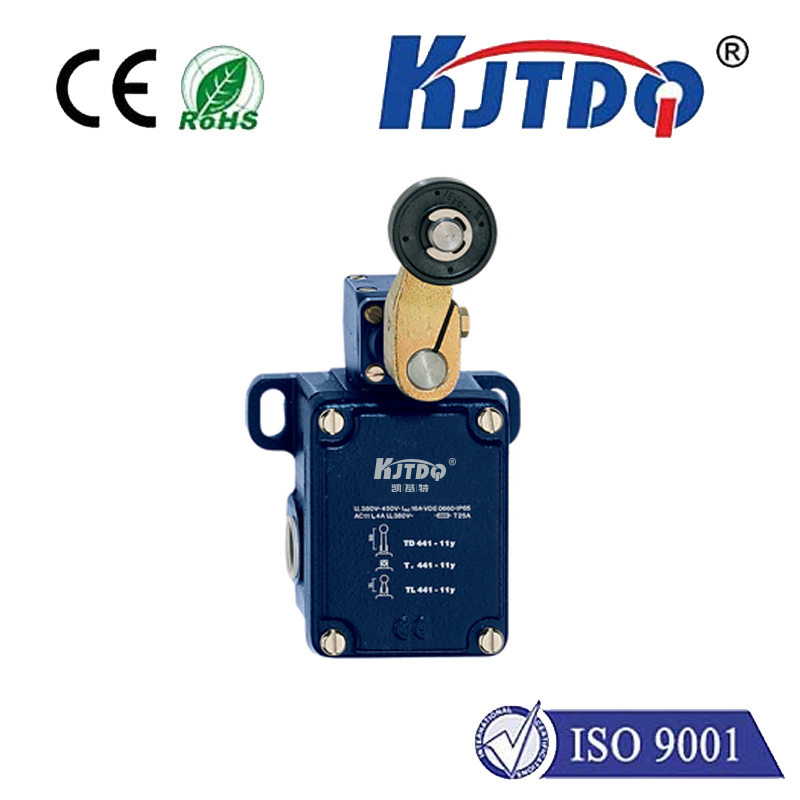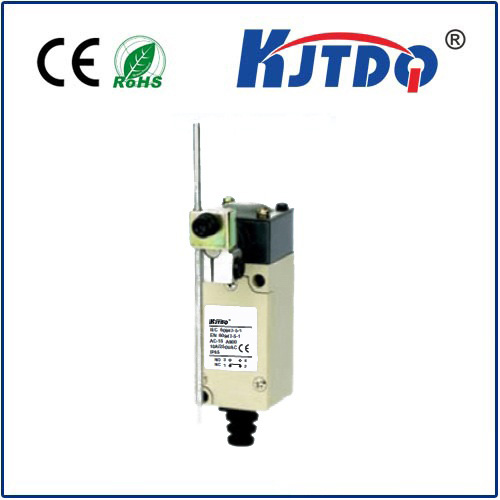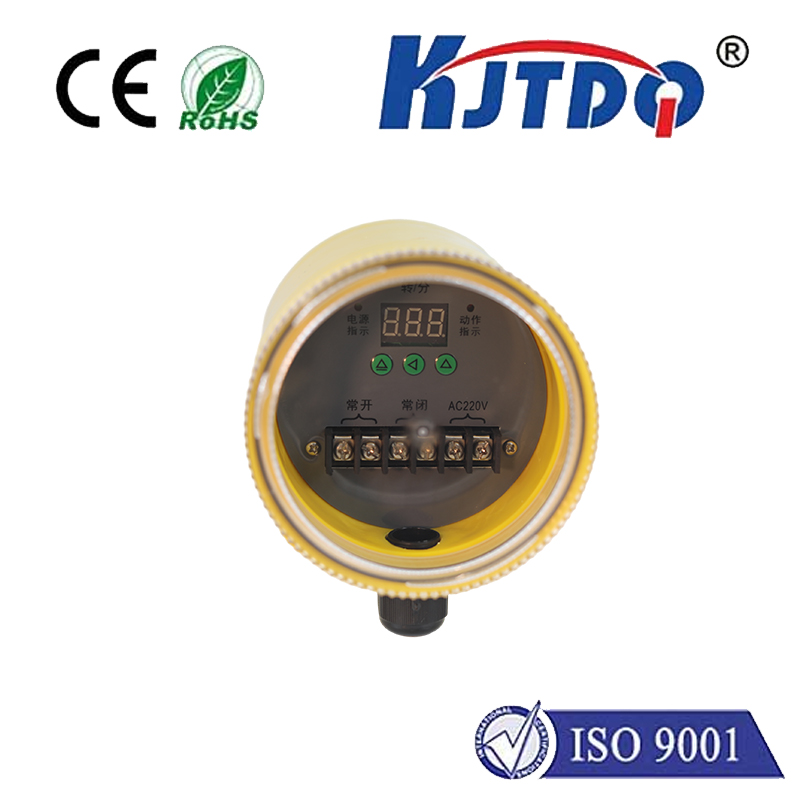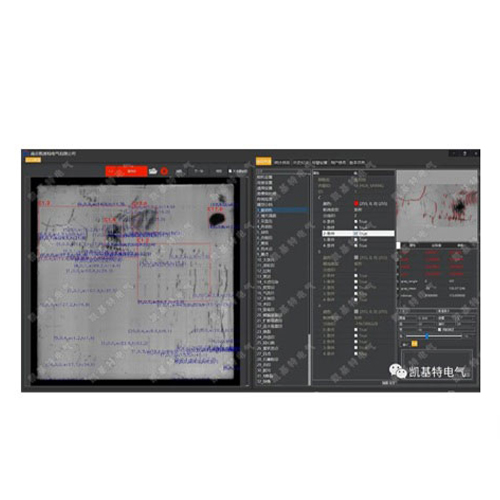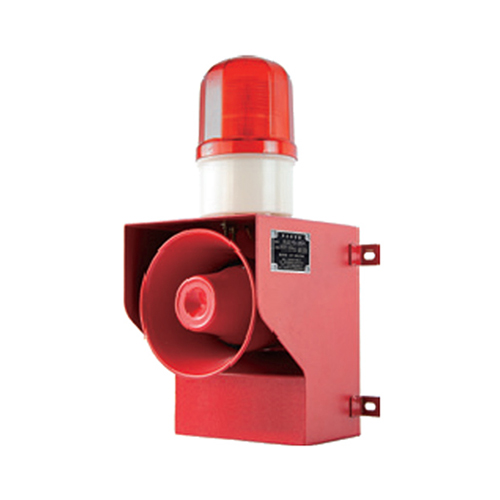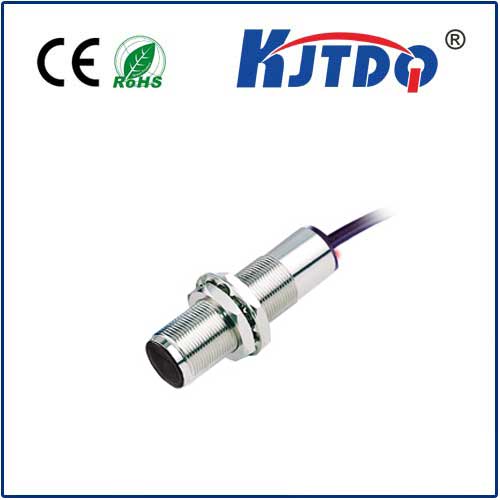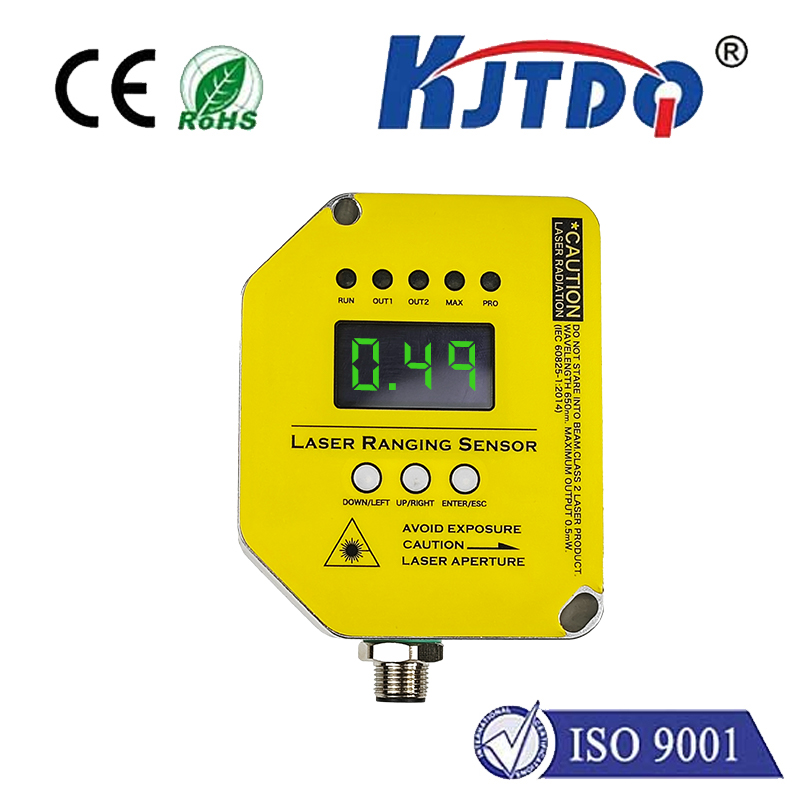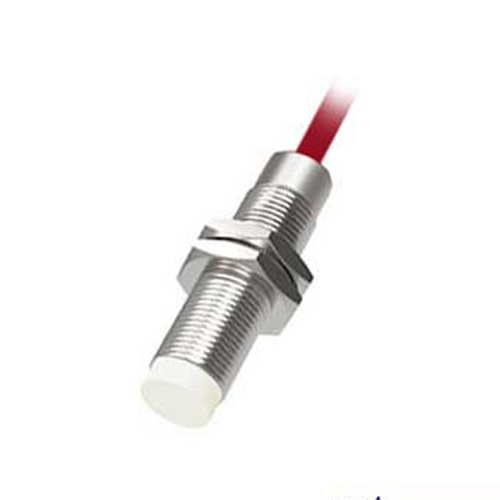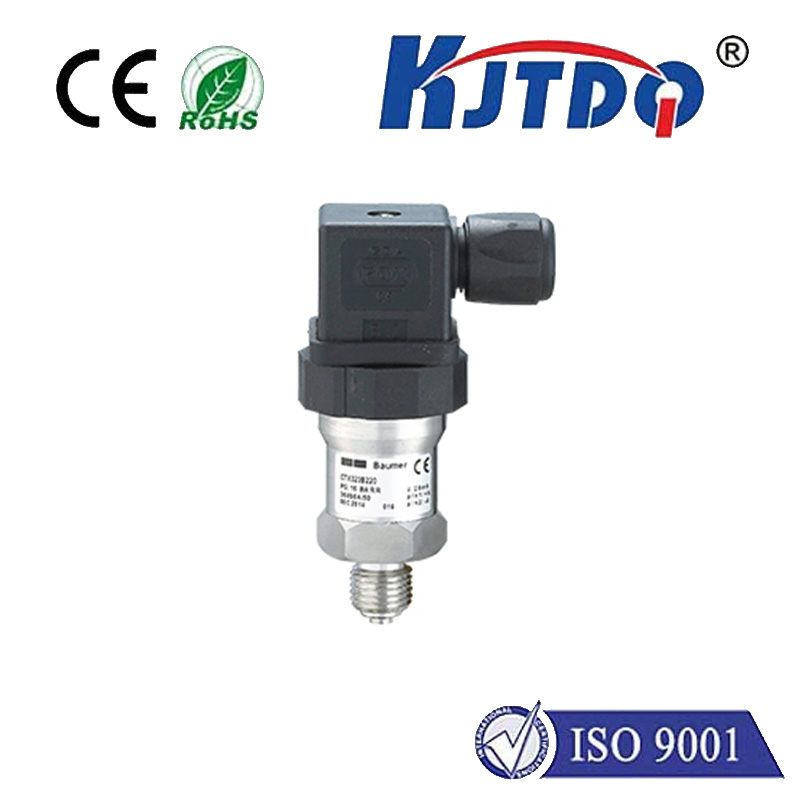pt 100 temperature sensor
- time:2025-08-25 01:21:39
- Нажмите:0
Mastering Precision: The Essential Guide to PT100 Temperature Sensors
In a world demanding increasingly precise measurements, monitoring temperature accurately is paramount. From ensuring chemical reactions proceed safely to guaranteeing perfect food pasteurization or optimizing engine performance, unreliable temperature data can lead to inefficiencies, product failures, or even hazardous situations. This is where the PT100 temperature sensor steps into the spotlight. More than just another thermometer, the PT100 represents a gold standard in industrial-grade temperature measurement, renowned for its exceptional accuracy, stability, and reliability. Understanding what it is, how it works, and its advantages is crucial for engineers, technicians, and anyone needing trustworthy thermal data.
The Heart of the PT100: Platinum Resistance Thermometry
At its core, a PT100 sensor belongs to the family of Resistance Temperature Detectors (RTDs). Its principle of operation relies on a fundamental property of pure metals: their electrical resistance changes predictably with temperature. Specifically, platinum is the chosen material for high-performance RTDs like the PT100. The name “PT100” itself reveals key characteristics:
- Pt: Denotes the sensing element material – Platinum.
- 100: Indicates the nominal resistance at 0°C – 100 Ohms.
As the temperature increases, the platinum wire’s resistance increases. Conversely, as temperature decreases, resistance decreases. This predictable, nearly linear relationship (especially within its primary operating range) is what makes the PT100 so valuable. The change in resistance is measured precisely by a connected instrument, which then converts it into a corresponding temperature reading.
Why Platinum? Unpacking the Advantages

Platinum isn’t chosen lightly. Its unique properties make it ideal for precision sensing:
- Exceptional Stability: Platinum maintains its resistance characteristics over long periods and repeated temperature cycles. This means a PT100 sensor, once calibrated, provides consistent readings for years with minimal drift, a critical factor for process control and quality assurance.
- Высокая точность: Among the most accurate temperature sensors readily available, PT100s, particularly high-grade versions (Class A or AA), offer deviations often less than ±0.1°C at 0°C. This precision is essential in laboratories, pharmaceutical manufacturing, and energy applications.
- Wide Temperature Range: While specifications vary by construction, standard PT100 sensors reliably operate from approximately -200°C to over 500°C, with specialized versions capable of reaching up to 850°C. This versatility allows them to service diverse applications, from cryogenics to furnace monitoring.
- Linearity: The Resistance vs. Temperature curve for platinum RTDs is significantly more linear than that of thermocouples over a wide range, simplifying signal interpretation and improving overall measurement accuracy across its scale.
- Repeatability: PT100 probes deliver highly repeatable measurements, meaning if the same temperature point is reached multiple times, the sensor will report nearly identical resistance values each time.
PT100 vs. Thermocouples: Choosing the Right Tool
While both are workhorses in industrial temperature sensing, PT100s and thermocouples have distinct profiles:
- Accuracy & Stability: PT100 RTDs generally offer superior accuracy and long-term stability compared to standard industrial thermocouples (T/Cs).
- Output & Linearity: The resistance output of an RTD is more linear than the voltage output of a T/C. PT100s typically require 3-wire or 4-wire connection to compensate for lead wire resistance, whereas T/Cs use simpler 2-wire connections but need specific compensation cables.
- Sensitivity: Thermocouples typically have faster response times and can withstand higher temperatures than standard PT100 probes. T/Cs are often preferred for very high temperatures (above 850°C) or rapidly changing processes.
- Cost: Standard PT100 sensors tend to be more expensive than base metal thermocouples, though premium T/Cs (using noble metals) can be costlier. The choice often boils down to required accuracy versus temperature range and budget.
Understanding Wiring Configurations: 2-Wire, 3-Wire, 4-Wire
The resistance measured is tiny (typically fractions of an Ohm per degree Celsius). The resistance of the lead wires connecting the sensor to the measuring instrument can introduce significant error if not accounted for. Here’s how different wiring schemes mitigate this:
- 2-Wire PT100: Simplest and cheapest configuration. However, the resistance of both lead wires is added to the sensor resistance, causing potentially large errors. Generally suitable only for short lead lengths or less critical applications where lead resistance is negligible.
- 3-Wire PT100: Most Common Industrial Setup. This configuration cleverly compensates for lead wire resistance. The instrument measures resistance between two wires and also resistance involving the third wire. Assuming all three leads have identical resistance (a valid assumption for cable runs), the instrument can subtract the lead wire effect, providing a much more accurate measurement of the true PT100 resistance. This is the workhorse connection for most process control applications.
- 4-Wire PT100: Ultimate Accuracy (Kelvin Connection). Used in laboratories and high-precision applications. This method uses two wires to pass a current through the sensor and two separate wires to measure the voltage drop across it. Since the voltage sensing leads carry negligible current, their resistance has practically no effect on the measured voltage, providing highly accurate results independent of lead length or resistance. Maximum precision demands a 4-wire connection.
Key Applications: Where PT100 Sensors Shine
The combination of accuracy, stability, and reliability makes PT100 probes indispensable across countless industries:
- Process Industries: Precise control in chemical plants, refineries, and pharmaceutical manufacturing (reactors, pipelines, sterilization).
- HVAC & Building Automation: Monitoring and controlling air and water temperatures for comfort and efficiency.
- Food & Beverage: Ensuring critical temperatures during processing, pasteurization, sterilization, and storage to guarantee safety and quality.
- Automotive: Testing engine components, emissions systems, and environmental chambers.
- Medical Equipment: Calibration baths, laboratory analyzers, sterilizers.
- Energy & Power Generation: Monitoring turbines, transformers, and heat transfer systems.
- Аэрокосмическая деятельность: Environmental testing and component monitoring.
Selecting and Using a PT100: Key Considerations
When choosing a PT100 temperature sensor, several factors matter:
- Accuracy Class: Standard classes include Class B (±0.3°C at 0°C), Class A (±0.15°C at 0°C), and higher precision grades (1⁄3 B, AA). Select based on required precision.
- Temperature Range: Ensure the sensor construction (element type, sheath material, insulation) is rated for your minimum and maximum operating temperatures.
- Time Response: How quickly must it react to temperature changes? Probe diameter, sheath material, and insulation type (e.g., mineral insulated) significantly impact response time. Smaller diameters and exposed tips offer faster responses.
- Environment: Consider chemical exposure, vibration, moisture, and pressure to select appropriate sheath materials (stainless steel 316L is common), ingress protection (IP rating), and overall robustness.
- Wiring Configuration: Choose 2, 3, or 4-wire based on required accuracy and lead length. Remember: 3-wire is the standard for reliable industrial measurement.
- Calibration: Regular calibration against a traceable standard is essential to maintain the high accuracy the PT100 is known for, especially for critical processes.
From its fundamental platinum resistance principle to its widespread implementation in demanding environments, the PT100 sensor remains a cornerstone of precise temperature measurement. Its unparalleled balance of accuracy, stability, and versatility solidifies its position as the preferred choice when reliability matters most.

